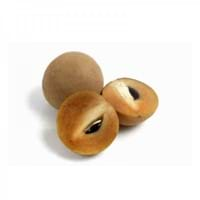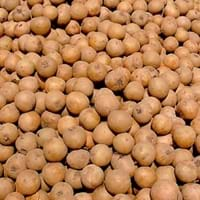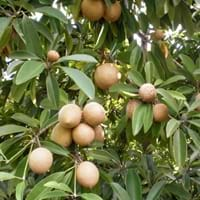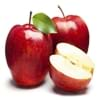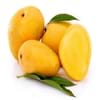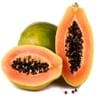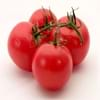Characteristics of Sapota
Sapota Varieties
There are certain characteristics of Sapota that make it distinct from the other fruits. Few examples are its shape, texture, taste, color, season, varieties and origin. Talking about varieties, Sapota is not available in just one form. Development in the field of horticulture has made it possible to consume this fruit in various forms without changing its characteristics. Some of the varieties include Bush Table Queen, Heirloom Table Queen, Festival Hybrid, Early Acorn Hybrid, Table Ace, Ebony and Cream of the Crop. Sapota varieties are not available in seedless form. The shape of this fruit is Round and its textureis Fleshy. Taste forms one of the important characteristics of fruits. Talking about Sapota, its taste is sweetish.
Sapota Color
Sapota color makes it even more attractive and hard to resist. Vitamin A and vitamin C are found in abundance in green color fruits. Folate, potassium, and vitamin C are often found in yellow color fruits. White, red, blue and purple color fruits generally contain potassium, vitamin A and vitamin C. Thus, color of this fruit helps in identifying its nutrient content. Chikoo are available in shades of dark green, green-yellow and orange green.
